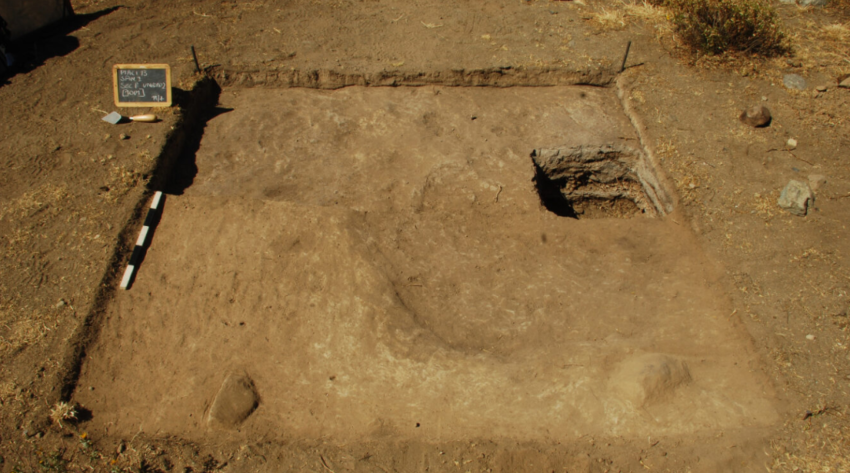Nearly a century before the Inca Empire came to power in 1400 AD, people worshipping the god of thunder may have lived high in the Andes.
New evidence shows that people living there around 700 years ago worshipped the god of thunder by rhythmically stomping on a special dance floor that transformed their beats into thunderous explosions.
The find also offers a rare insight into the role sound and dance played in ancient societies.
Archaeologist Kevin Lane of the University of Buenos Aires claims that excavations at the high-altitude Viejo Sangayaico site in Peru have shown how members of the local farming and herding Chocorvos community built this echoing platform. Various soil, ash, and guano layers combined to form a floor that both absorbed shocks and produced resonant noises when people walked on it. According to Lane’s findings in the September issue of the Journal of Anthropological Archaeology, this ceremonial surface functioned like a sizable drum that groups of 20 to 25 people may have played with their feet.
In 2014, Lane’s crew was working at Viejo Sangayaico when they first observed that one of the two open-air platforms in a ritual area made a hollow sound when people stepped on it.
A portion of the platform was later excavated, revealing six sediment strata that contained different mixtures of silty clay, sand, ash, and other elements. According to Lane, a layer of ashy guano from llamas and alpacas included tiny cavities that aided in producing drum-like noises from the platform’s surface.
By stomping on the platform one at a time and in groups of two to four while measuring the noise created, his team tested the platform’s acoustical properties. The same was done while a circle of four people stomp-danced across the platform.
According to Lane, the resulting noise levels varied from 60 to 80 decibels, roughly equating to a loud discussion and a busy restaurant. Larger groups of Chocorvos dancers would have made a significantly louder ruckus, perhaps with singing and musical accompaniment.
The beliefs of the Chocorvos in thunder, lightning, earthquakes, and water deities are described in Spanish historical documents. According to Lane, Viejo Sangayaico’s ancient rites, which included stomp dance intended to mimic a thunder god’s distinctive blasts, may have been inspired by supernatural convictions. That theory was supported by ceramic fragments found among the ruins of a potential temple next to the percussive platform, which had snake imagery that, in the native Quechua language, denote water or rivers and, occasionally, lightning.
After the Spanish invasion of the Incas in 1532, in the mid-1500s, Chorcovos and other Andean people may have been influenced by pre-Inca stomp dancing. The Inca Empire had the Chorcovos as its subjects for most of its existence. As part of the Taki Onqoy resistance campaign against Spanish culture, the Andeans danced in circles and ecstasies to invoke the spirits of their indigenous gods.
Anthropological archaeologist Kylie Quave says the discovery of another percussion platform at other ancient Andean sites, along with artifacts related to water and lightning rituals, would better support the claim that this was the way they honored the god of thunder.
People who currently reside close to Viejo Sangayaico claim that a nearby ancient site also has a platform that echoes underfoot. Lane and and colleagues have yet to visit that location.
Photo: ORP-PIACI Project
